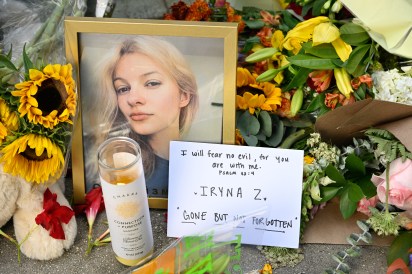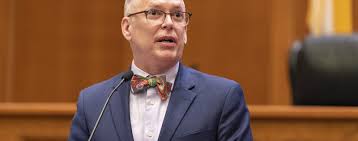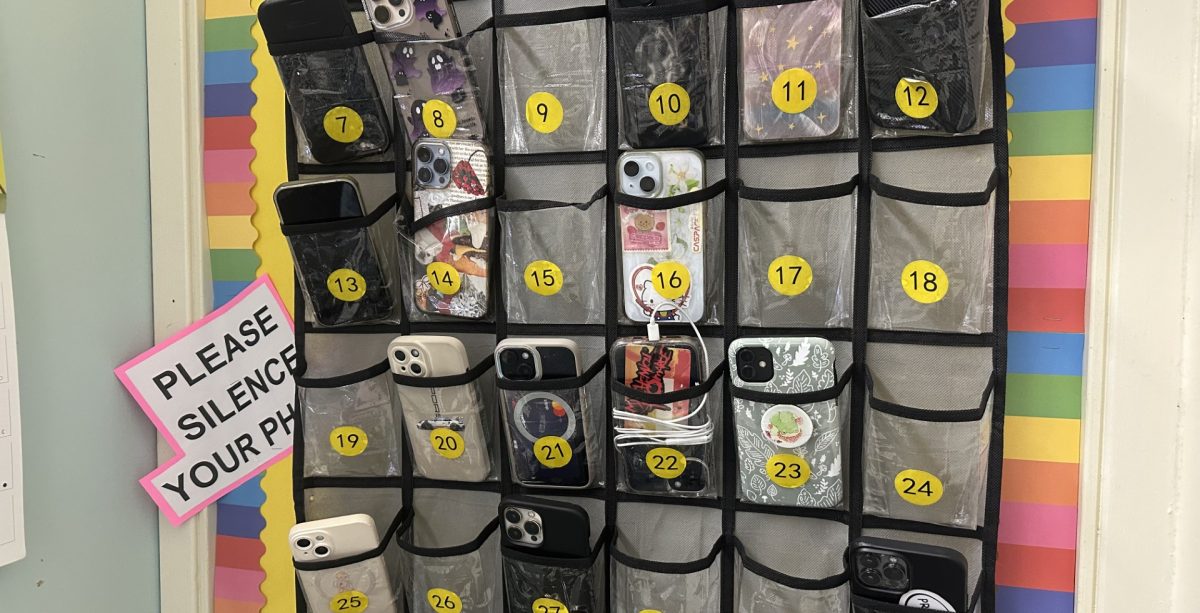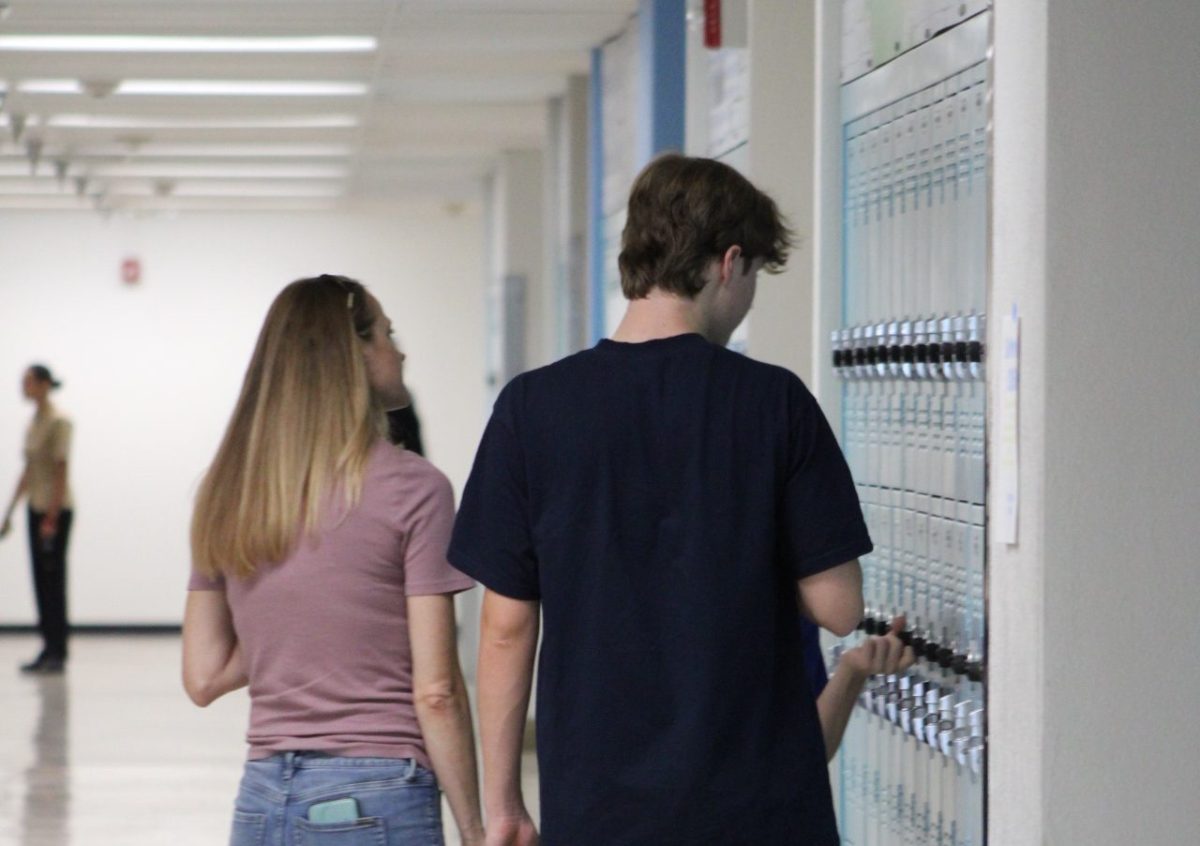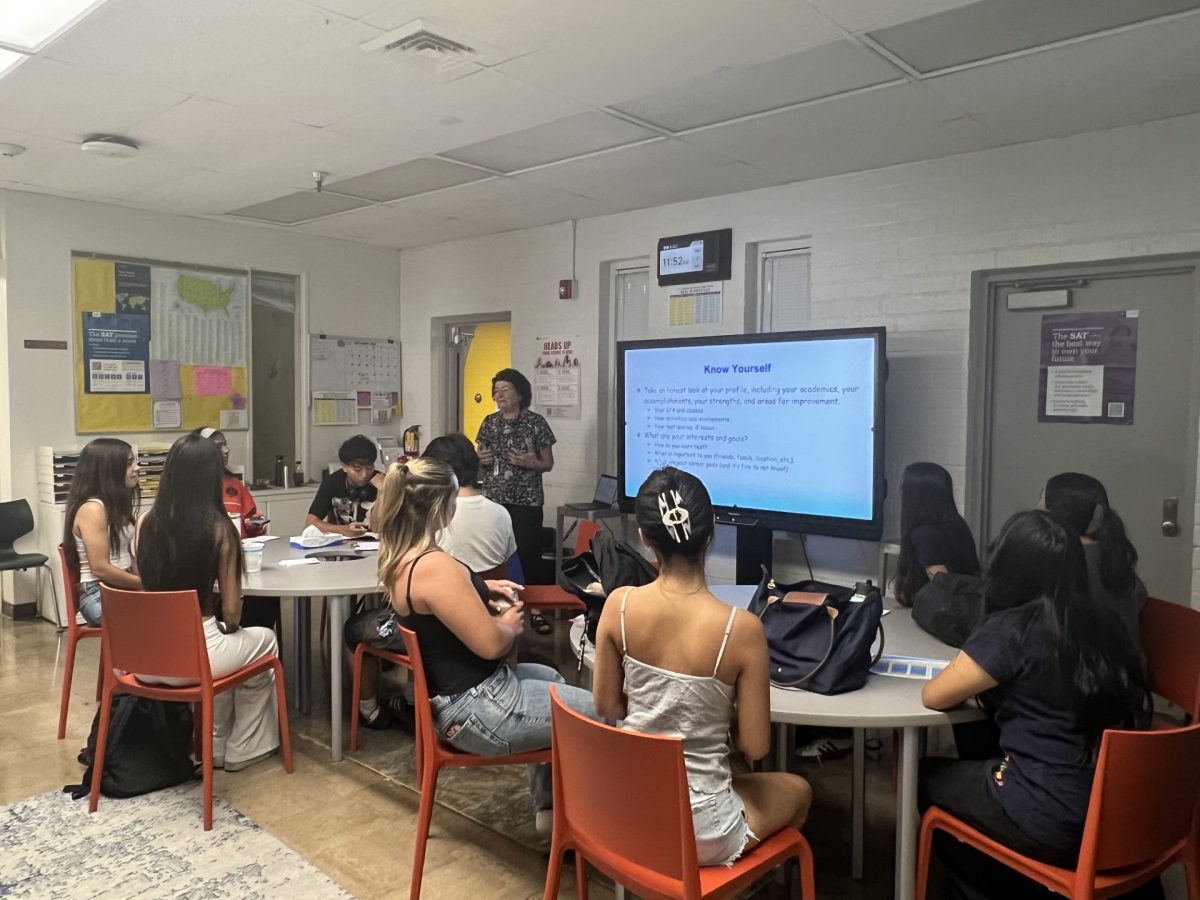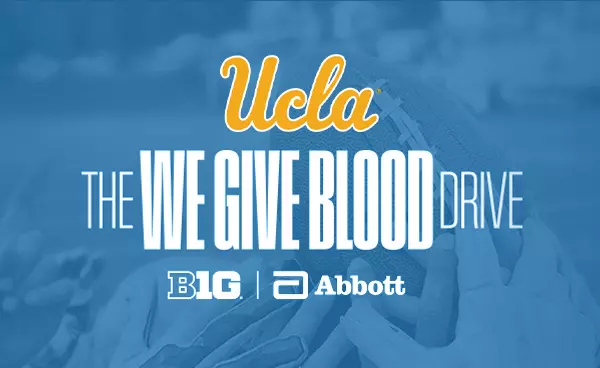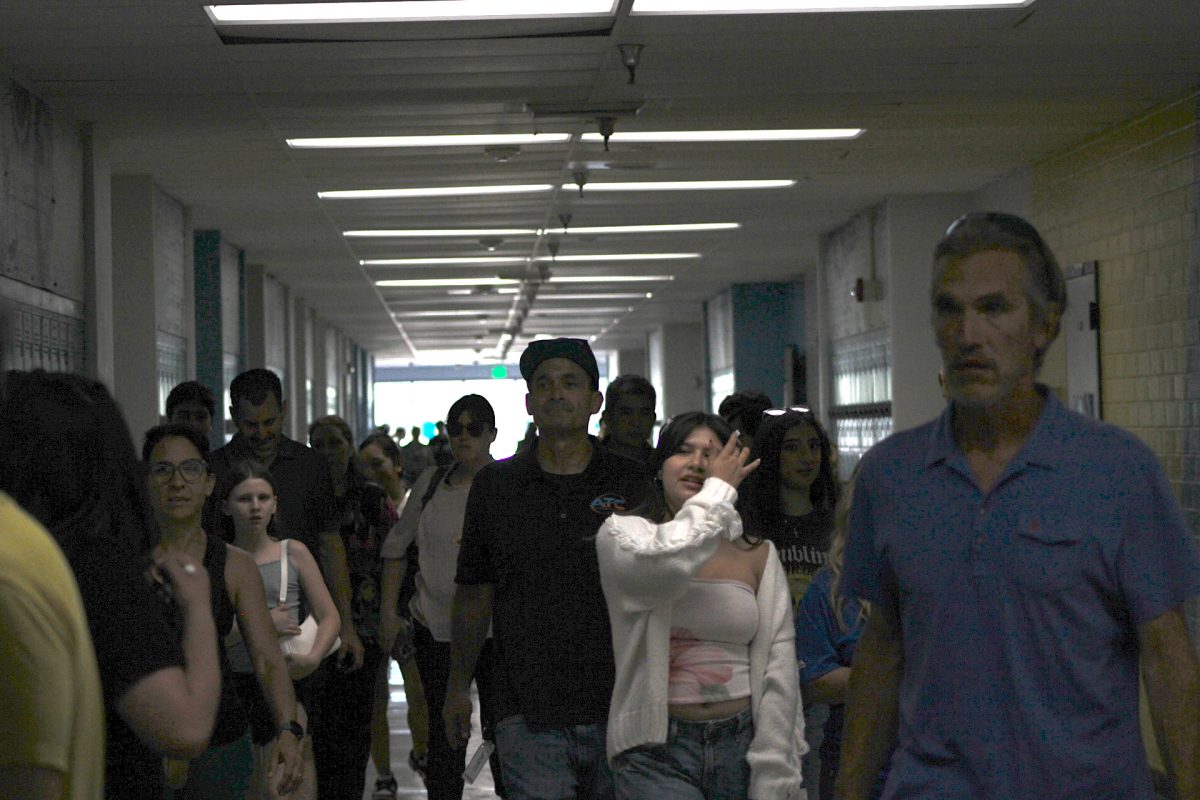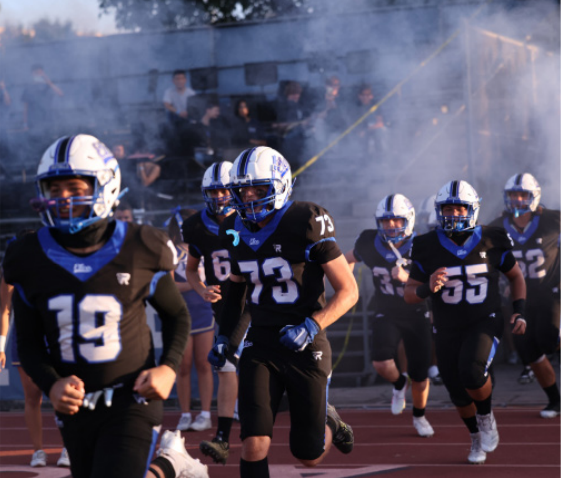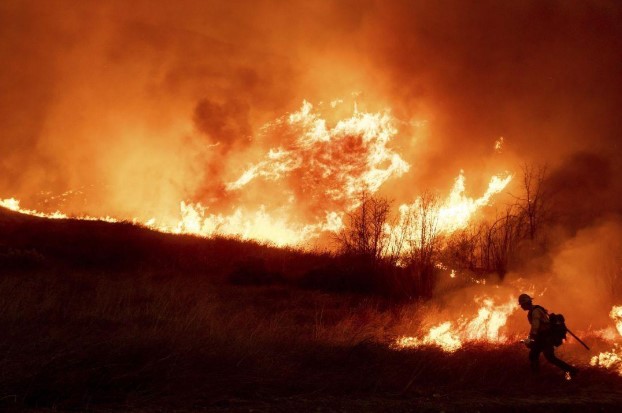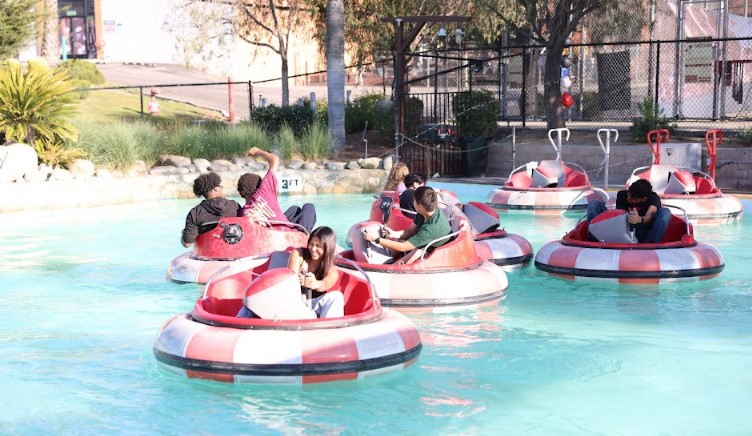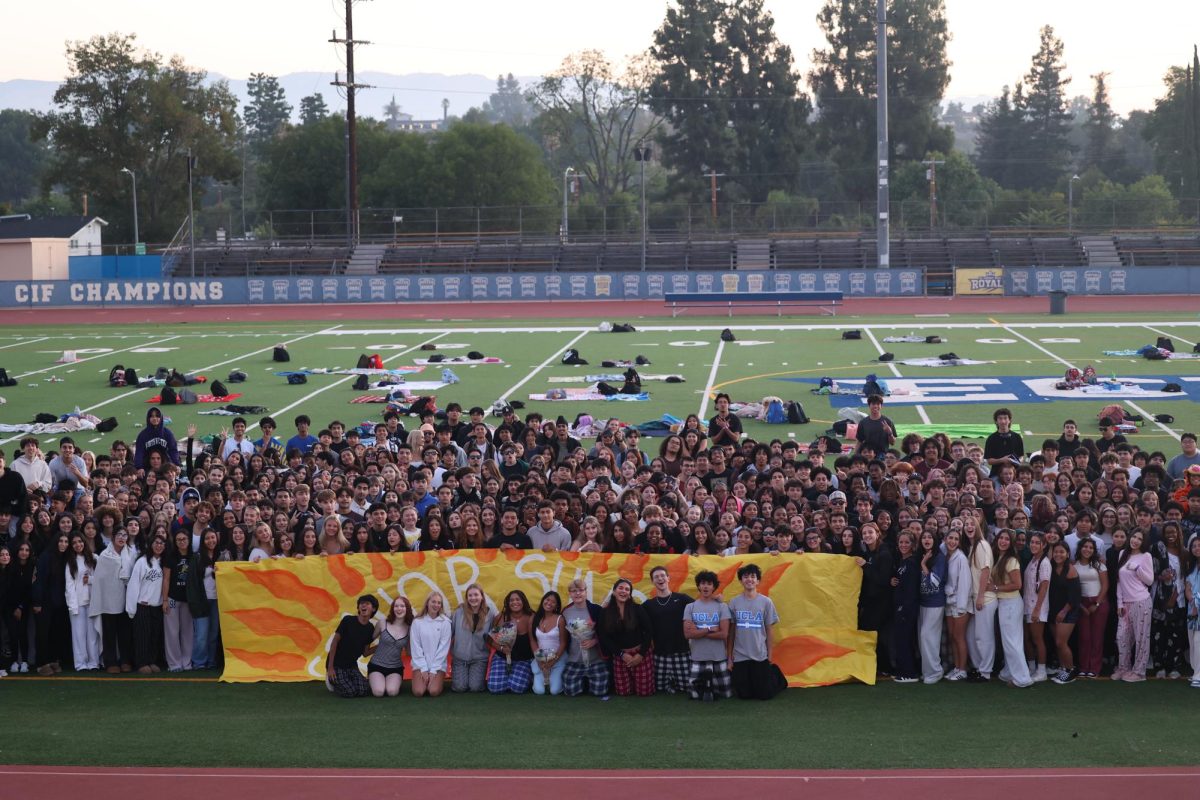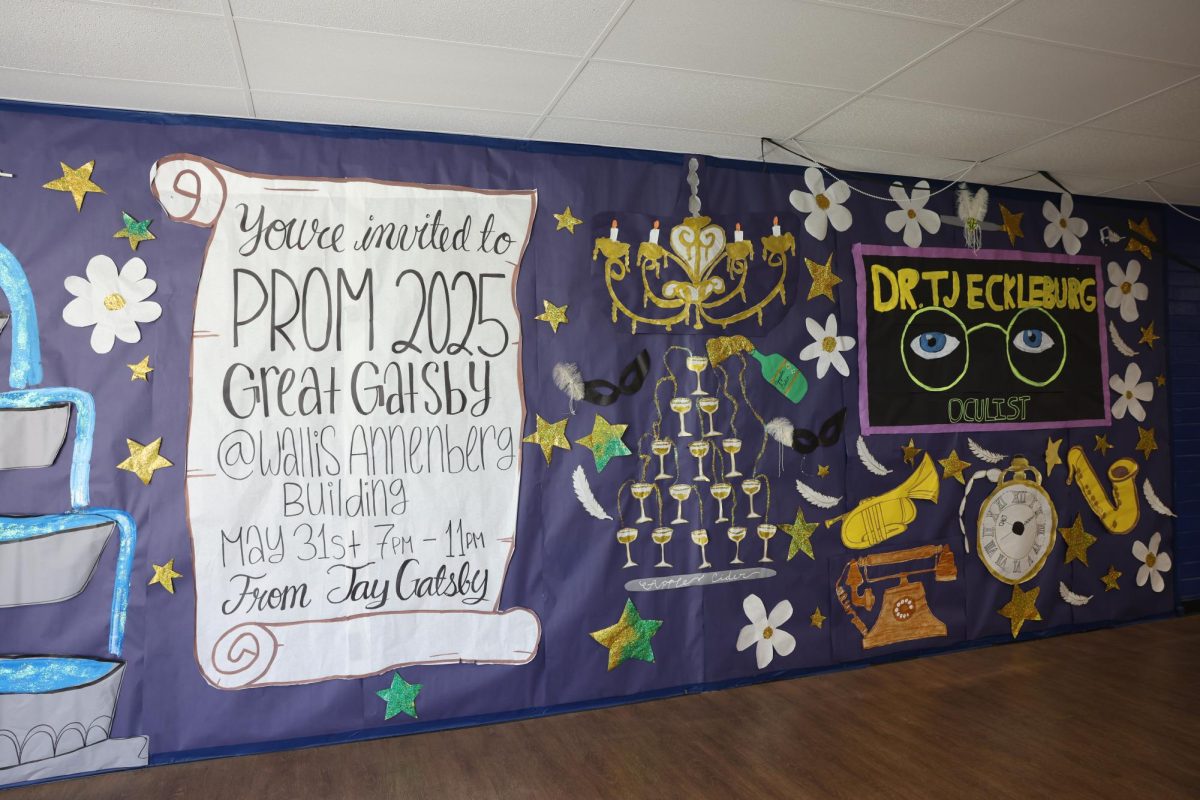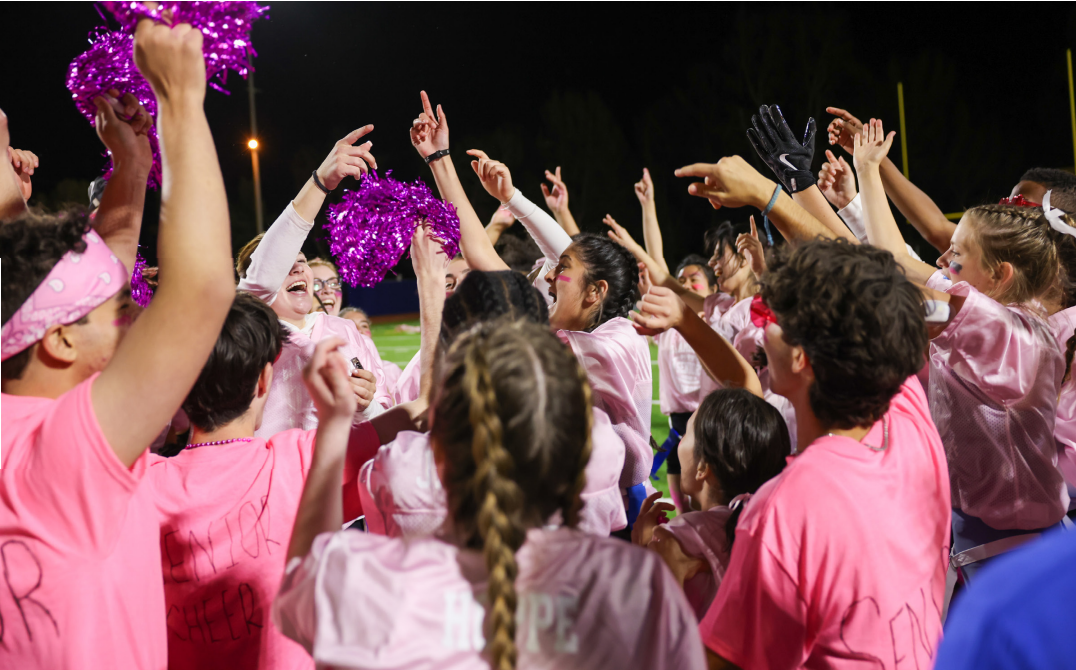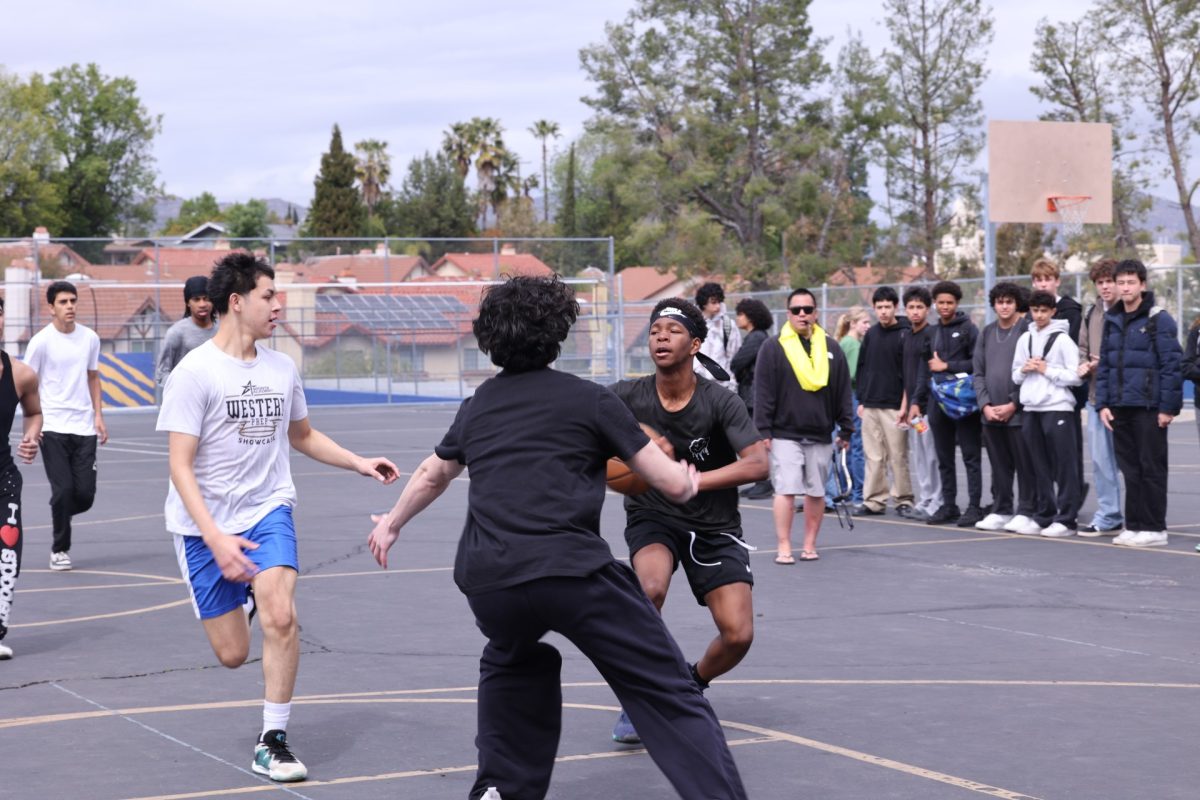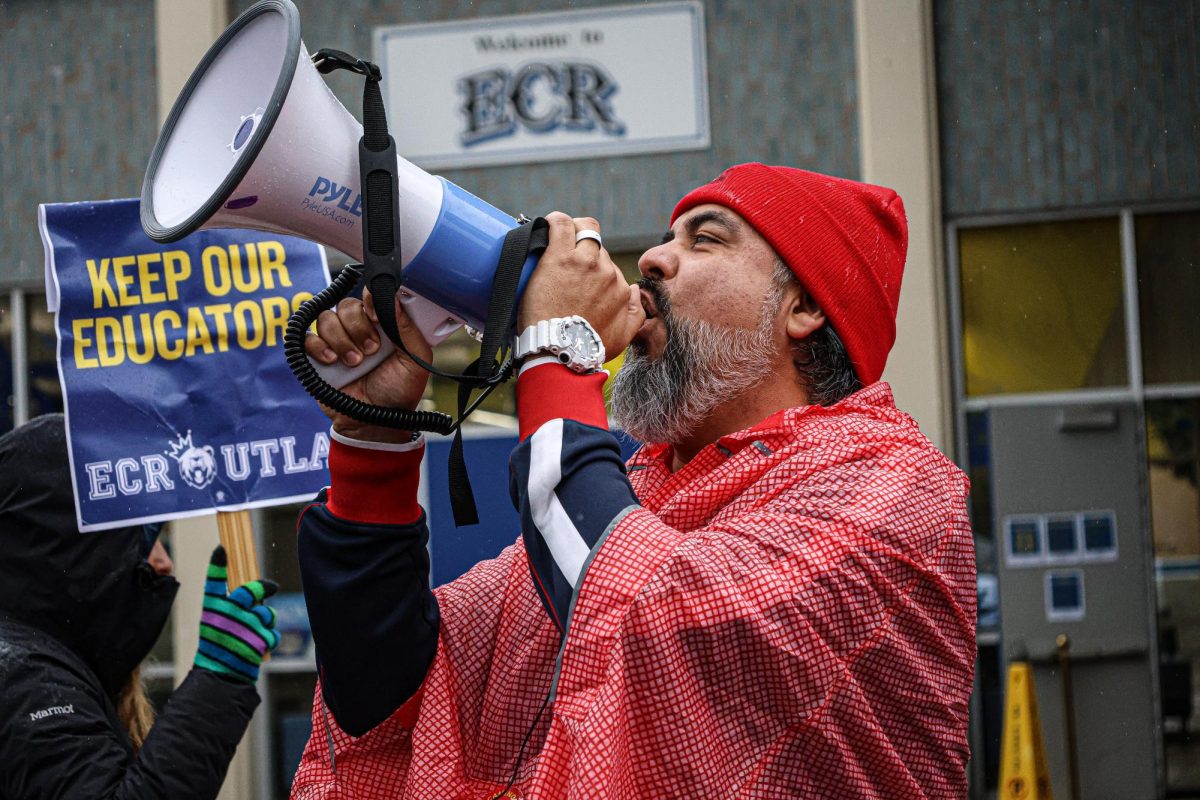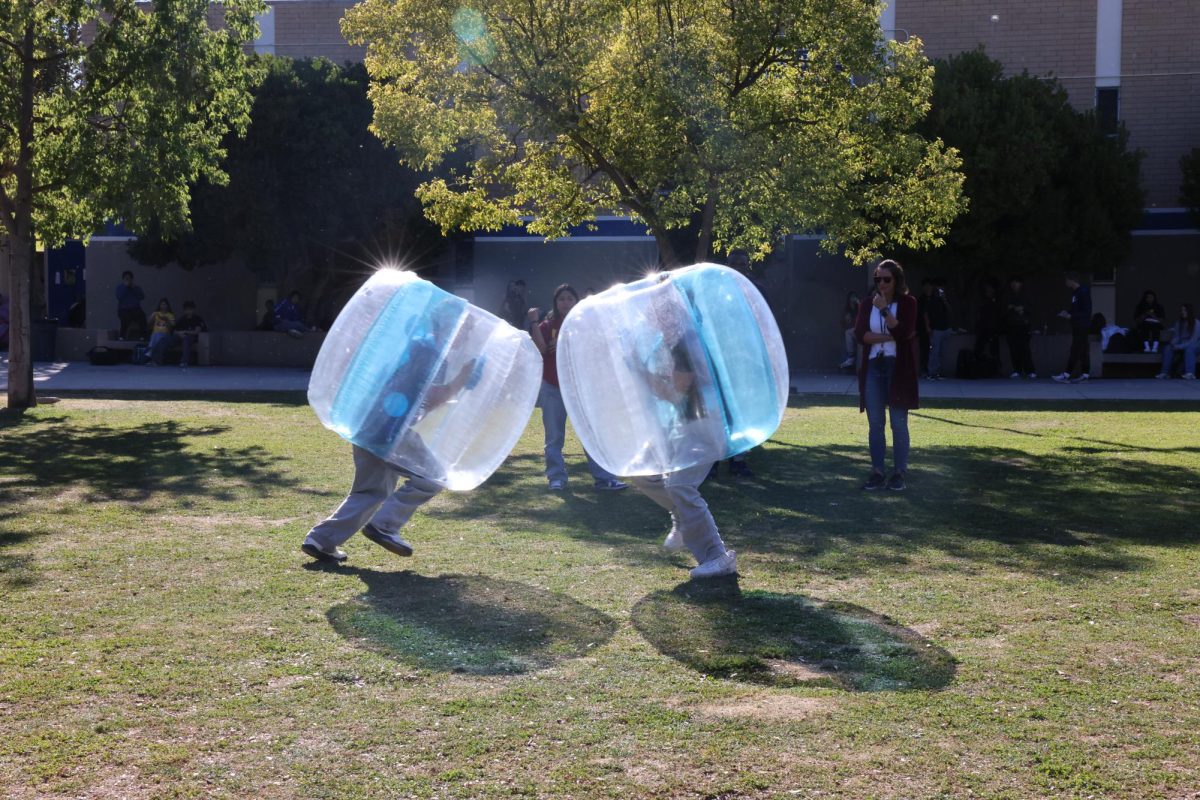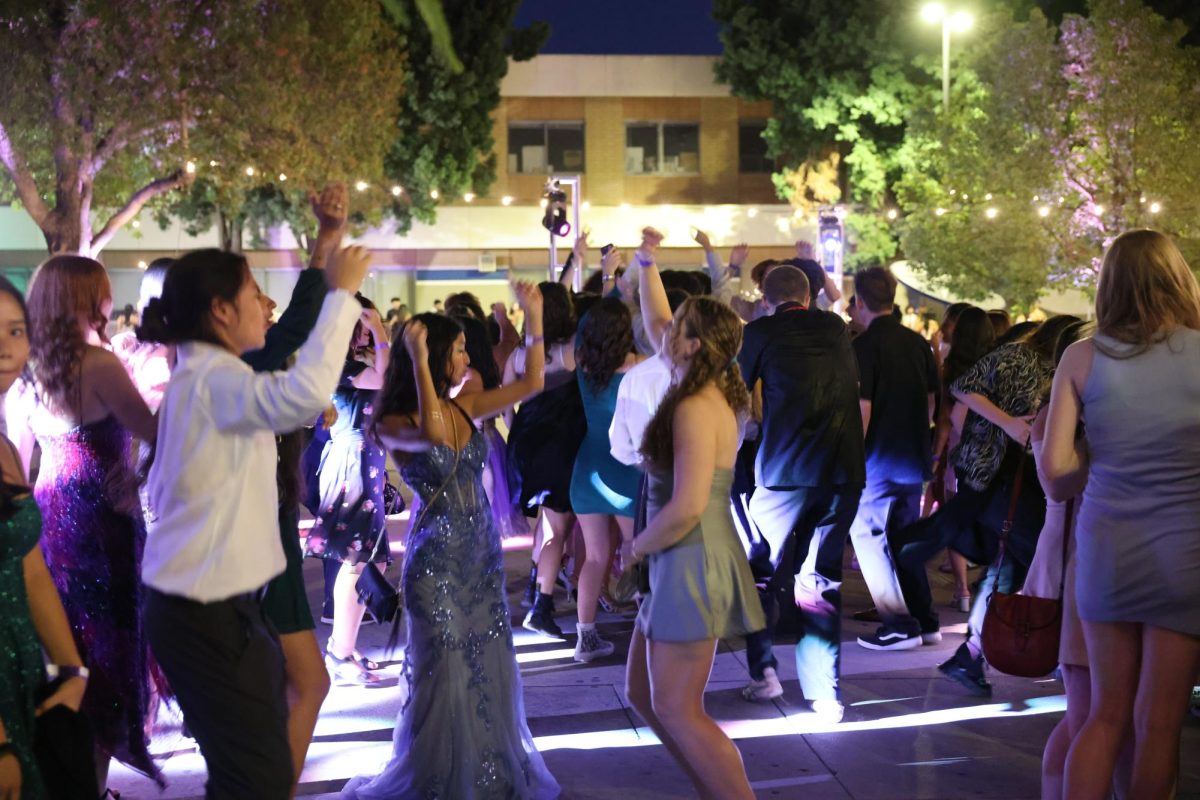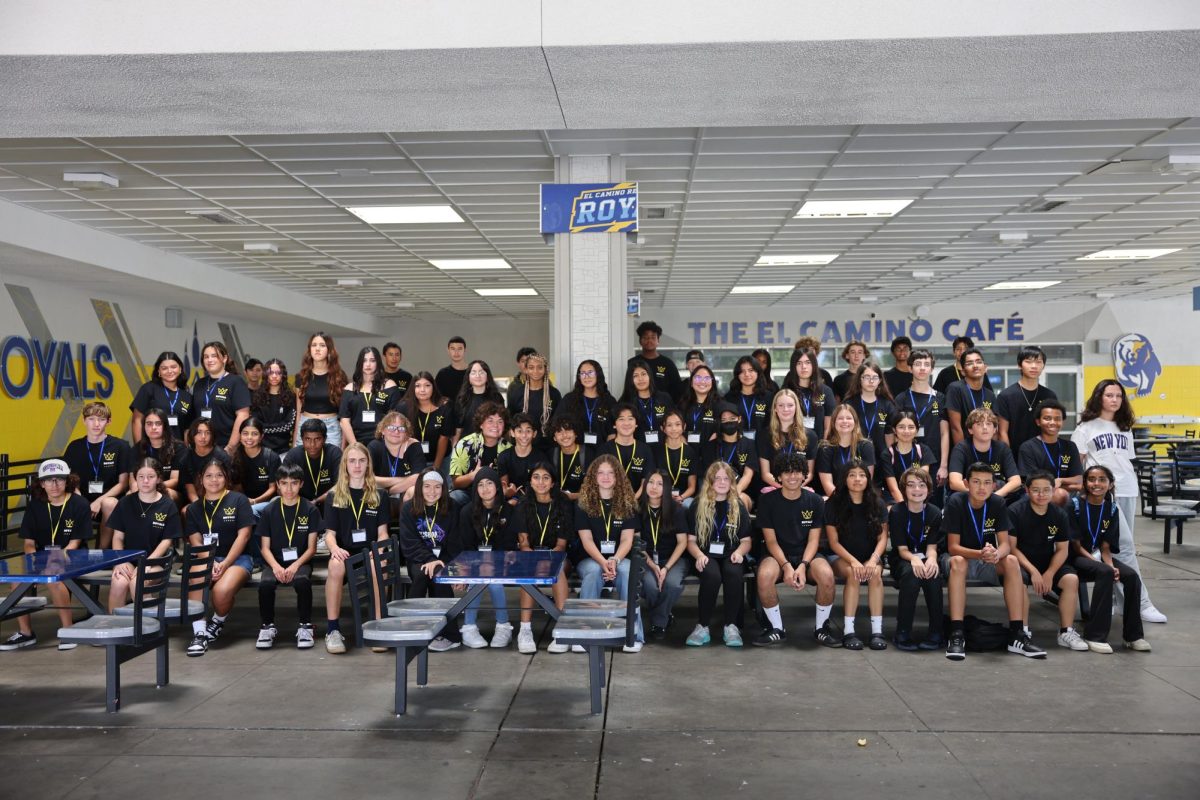The recent Los Angeles (L.A.) fires that started Jan. 7, have left a large portion of Southern California (SoCal) devastated. After a month of burning, firefighters worked hard to put out the fires completely.
“I felt really heartbroken by the fires,” senior Anshul Katakwar said. “I’m really lucky to have not been affected by fires, but I hope that everyone whose properties got damaged recover safely.”
The first fire that sparked was in the Pacific Palisades area early Jan. 7. The flames engulfed the land all the way to Topanga Canyon, burning over 23,000 acres and destroying nearly 7,400 structures–many of which were homes. The Eaton fire started just a few hours after the Palisades fire in the Altadena area, burning 14,000 acres of land and destroying almost 3,000 more structures than Palisades.
“The fires really scared me,” junior Roman Mosavi said. “I was running around my house trying to pack up my suitcase in case we had to evacuate, but luckily we ended up being safe.”
As each fire continued to burn, several smaller fires erupted in the L.A. and Ventura counties, adding up to a total of 17 fires in SoCal. The Kenneth fire began Jan. 9 in the West Hills area, burning over 1,000 acres of land. Near Castaic Lake, the Hughes fire spread rapidly to over 10,400 acres, causing over 50,000 people to go under evacuation orders and warnings. During this unfortunate time, the school became an evacuation site for displaced Californians and their animals.
“The school was contacted by Los Angeles Unified School District (LAUSD) and then the Red Cross to ask about using [the school] as an emergency evacuation site,” Executive Director David Hussey said. “Working in the field of education lends itself to helping others every day. It was not a difficult situation to help out when so many people were affected by the fires.”
The school’s staff and administration worked together to help anyone in need. Office staff answered phone calls and delivered information or messages to those who were waiting, and Chief Operations Officer, Fernando Delgado, got the school in touch with the Red Cross to assist them with recovery. Meanwhile, the custodial staff worked to keep the school clean and safe for evacuees, the school’s Board President Brad Wright organized help for them and the community came to the school to donate food and necessities they may have lost.
“During moments of hardship, people need to feel relief and be able to maneuver, even if it’s temporary,” College and Career Counselor Justin Graham said. “As someone who was displaced during the Eaton Canyon fire, knowing that we had options was great, but experiencing the feeling of support from the community was even better; I think [the school] did that for those who needed it.”
A majority of the fires have been contained as of recently, allowing people back into their communities to witness the damage the fire had caused. 29 people have been killed, ranking it to be amongst one of the most destructive string of fires in California history, burning a total of nearly 57,000 acres of land in total.
“I really hate the fires, they did a lot of physical and emotional damage to everyone, and were harmful to my friends and so many other people I care about,” Mosavi said. “I can only hope they don’t come back.”


